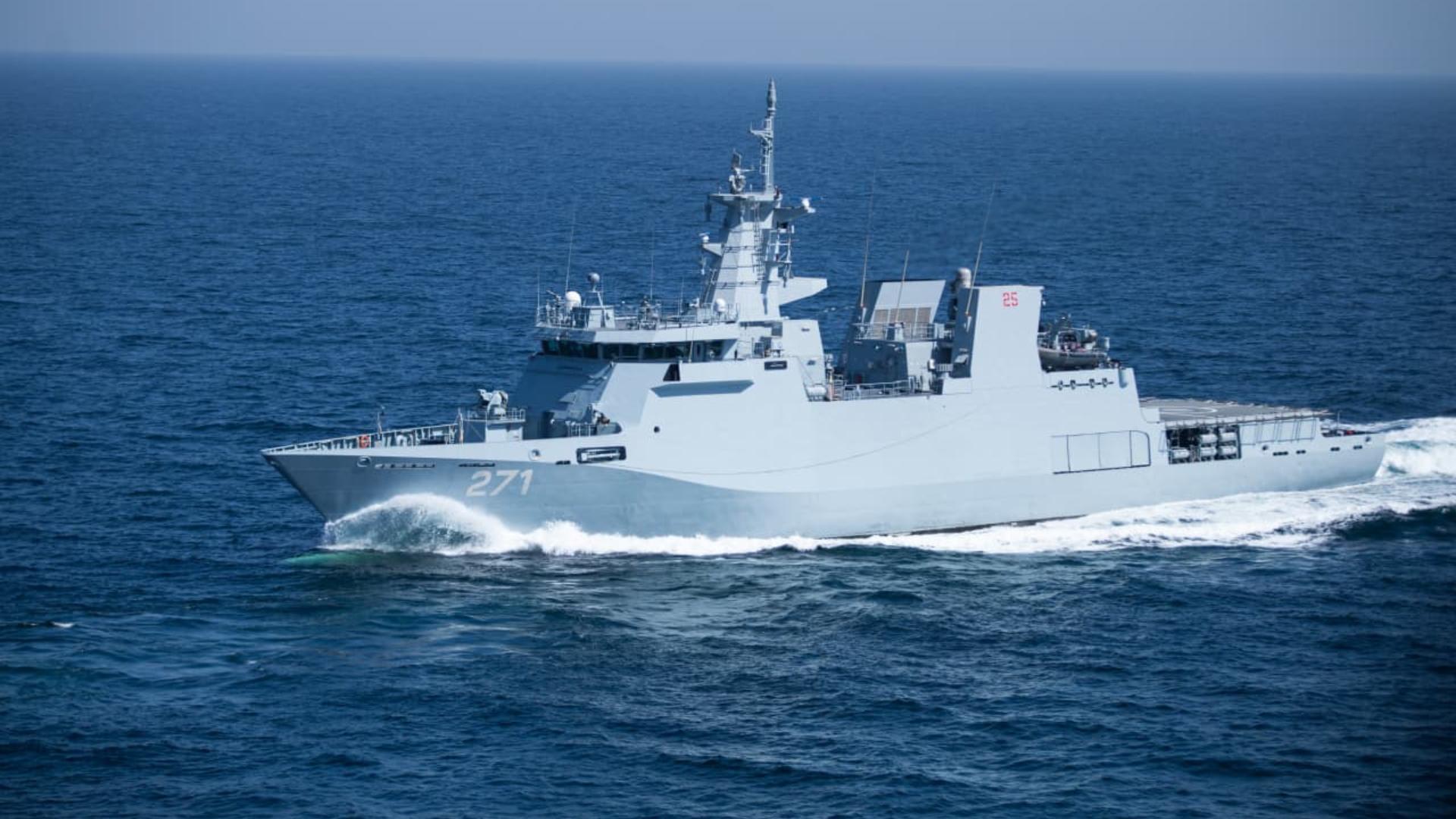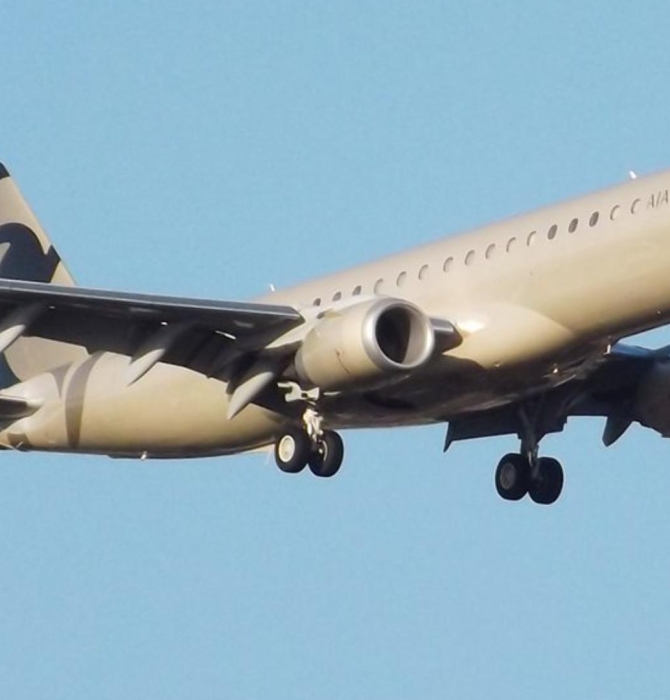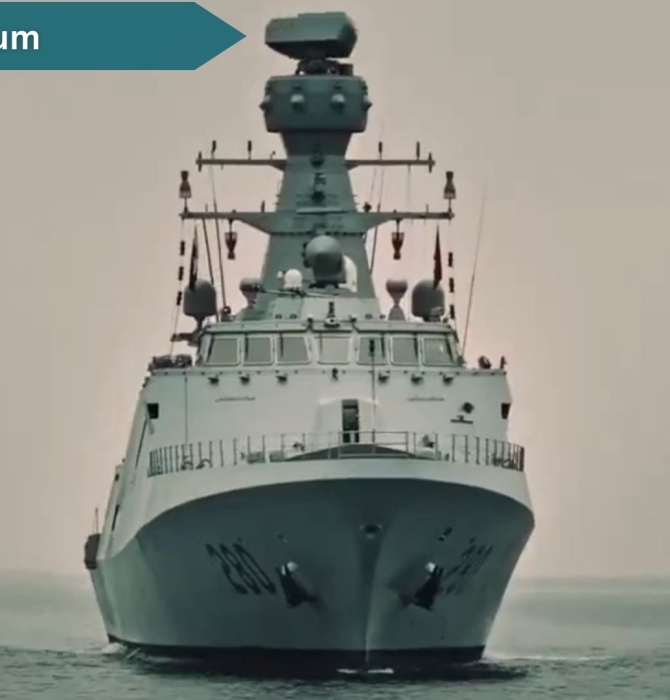13800Views

Pakistan’s Navy Made a $972M Drug Bust. The Real Story Is the ‘Budget’ Ship That Did It Quwa Premium
On 20 October 2025, the Combined Maritime Forces (CMF) issued a press release stating that PNS Yarmouk, one of the Pakistan Navy’s (PN) four Damen 2200/2600 offshore patrol vessels (OPVs), successfully executed an interdiction operation, seizing USD $972.4 million in contraband in the process.
The interdiction was done under Combined Task Force-150 (CTF-150), a multinational force of regional powers that operates in the Gulf of Oman, the Arabian Sea, and other adjacent areas along those seas.
Leadership of CTF-150 rotates between its members, with Saudi Arabia currently at the helm of the coalition since August 2025.
Under Operation Al-Masmak, PNS Yarmouk – in coordination with other friendly assets – carried out a boarding operation of two dhows, which both lacked external markings and failed to transmit on the Automatic Identification System (AIS).
In the first dhow, the VBSS (visit, board, search, and seizure) crew seized two tons of crystal methamphetamine (ICE), estimated at $822.4 million in value. Meanwhile, the second dhow was caught with 350 kg of ICE and 50 kg of cocaine worth $140 million and $10 million, respectively.
Lauding the operation, the current commander of CTF-150, Royal Saudi Naval Forces (RSNF) Commodore Fahad Aljoiad, remarked: “PNS Yarmouk has had one of its most successful narcotics seizures for CMF, which is directly attributed to the expertise and collaboration of our naval forces within the organization.”
For ships with a probable unit cost of under $100 million, a narcotics bust worth nearly 10 times that amount is a strong indicator of return on investment (ROI). However, that was precisely why the PN pursued these OPVs in the first place, i.e., dedicated surface combatants for sea policing and coalition support duties. Besides intercepting potentially billions of dollars worth of criminal activity, these OPVs also free the PN’s multi-billion-dollar investments in frigates and corvettes from undue peacetime risk, excessive wear, and escalating operational costs.
Therefore, the ROI or benefit accrued from the Damen OPV 2200s and OPV 2600s could be many times the price the PN paid for them. However, besides justifying the expense, these OPVs could signal the PN’s underlying intention to build Pakistan’s peacetime naval presence.
In an earlier article on the Yarmouk-class OPVs, this author stated:
The PN has an active interest in assuming a more engaged role in the Arabian Sea across both its multinational coalition commitments and as a naval power. The Yarmook-class OPVs provide the PN with a sufficiently capable platform to support most of the missions managed by Combined Task Force (CTF)- 150 and CTF-151, which are primarily focused on anti-piracy and anti-terrorism operations.
This can free the PN’s more expensive vessels – i.e., the Babur-class corvette and Tughril-class frigate – to focus on the country’s core naval interests while still retaining an active hand in CTF-150/151 without compromising the required capabilities.
Additional OPVs would also enable the PN to continue expanding its ‘regional maritime security patrol’ coverage, a PN-led initiative to independently ensure the security of sea lanes connecting Pakistan to several key trading partners, such as Bahrain and others.
Simply put, additional OPVs would provide the PN with a relatively low-cost, credibly capable platform to assume the bulk of sea policing and low-intensity or asymmetrical security operations at scale. Doing so would also free it from risking its more capable multi-role corvettes and frigates from getting damaged or wearing out as a result of frequently managing such operations.
In 2020, when it operated two Yarmouk-class OPVs (based on Damen’s OPV 2200 design), the then outgoing Chief of Naval Staff, Admiral Zafar Mahmoud Abbasi, had stated that the PN was in talks for six additional OPVs of “larger tonnage.” In 2024, the PN contracted Damen for two OPV 2600s, designated Yarmouk-Class Batch-II.
The PN may still have plans for an additional four OPVs, which would make its sea policing, coalition support, and general maritime security arm large and capable, especially in the Arabian Sea.
Overall, the potential underlying story of the PN, especially the growth of its surface fleet and, in particular, its patrol fleet, stems from its desire to take complete ownership of Pakistan’s maritime security interests.
On first glance, stating the above may seem peculiar: a country should take full ownership of all its security interests, including maritime ones.
However, the open seas are a particularly complex environment, as actors can leverage them for their own benefit (e.g., trade, fishing, and resource extraction). Yet, at the same time, the ocean’s vastness induces a sense that every nation should have ownership in its security.
End of excerpt. You’ll need to login or subscribe to Quwa Premium to access the full article.
Existing Quwa Plus/Pro members can log in below
Note: Logged in members may need to refresh the article page to see the article.


